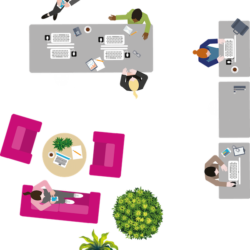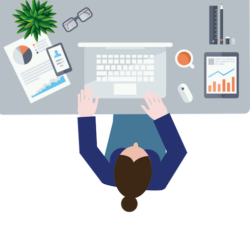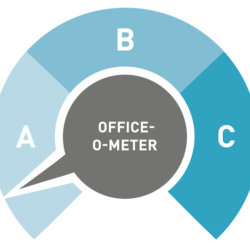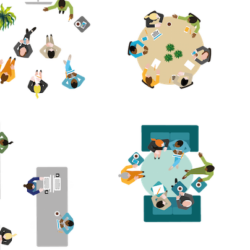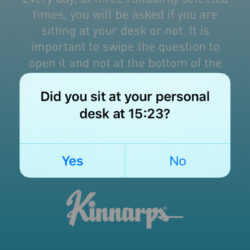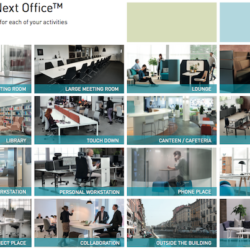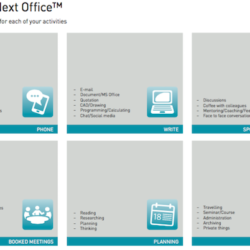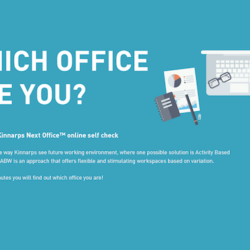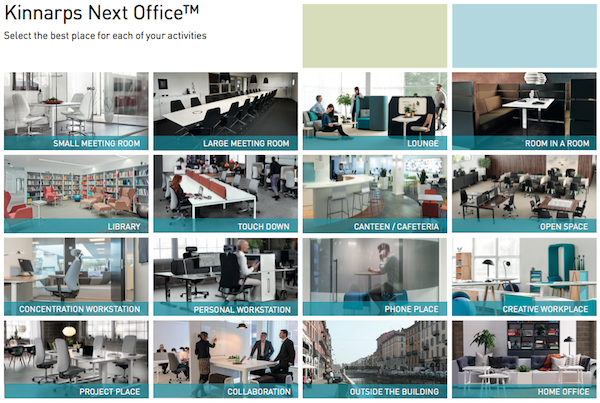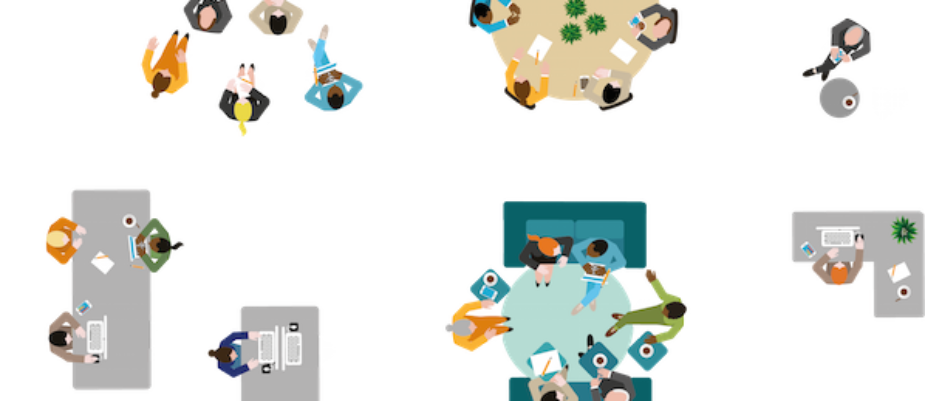
During the workshop “The key words of Smart Working” organized by Assosvezia at the Kinnarps showroom in Milan, Peter Knecht Manager International Concept di Kinnarps, presented the Next Office™ approach based on the concept of Diversity, to determine one’s requirements and choose one’s ideal workplace. This in-depth study may be forestalled by an amusing online test: Which office are you?
Kinnarps’ study suites any organization wishing to improve its performance, as in all stages of the elaborate course to the achievement of a Smart Working approach -a complex cultural and management process.

A thorough analysis of trends about ways of working and places shows that there isn’t just one formula or one only ideal space because Smart Working means resilience, agility, dynamism, mobility, personalization and flexibility.
A working environment for the near future should be based on the concept of Diversity: not only from a physical point of view but also a psychological variety, of gender and generation.
And also considering different activities during the working day, different organization models and sizes – not only multinational and small, medium,large companies, but also new micro-multinational identities: start-up, coworking spaces, free lance entrepreneurs, and so on.
The space planning has to consider all the functional and personal diversities together with the technology.
Kinnarps uses the word Techiture to define the technology and the built environment blend together, the intelligent building that generates big data.
The Next Office study is based on the Activity Based Working approach that offers flexible and stimulating workspaces based on variation.
Thanks to the Kinnarps’s analysis method and tools , return on investment is proven and fast and implementation is far from complex.
Which office are you?
It is possible to start with the online self check -almost a play- also for tablets and smartphone.
Three questions requiring just two minutes only.
Easy questions and pictures help analyze one’s needs and define interior design solutions to match them.
The personal design preferences (Which office design do you prefer?) are followed by the functional analysis (What do you do in a work day? ) and the choice of the ideal places (Where would you prefer to do your daily tasks?).
At the end the Office-o-meter will tell you which office you are ( traditional office, activity based working oriented, Activity Based Office)
A closer analysis, on certain and actual data, will allow you to achieve your ideal Next Office!

